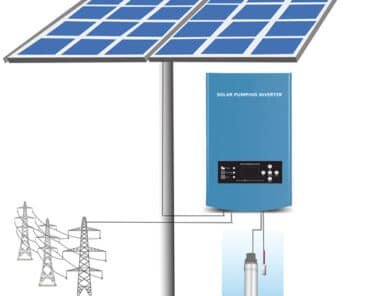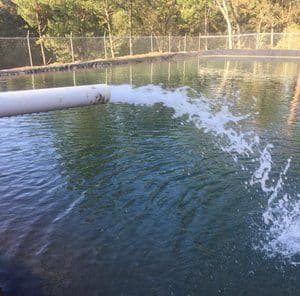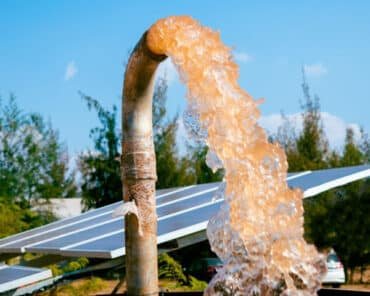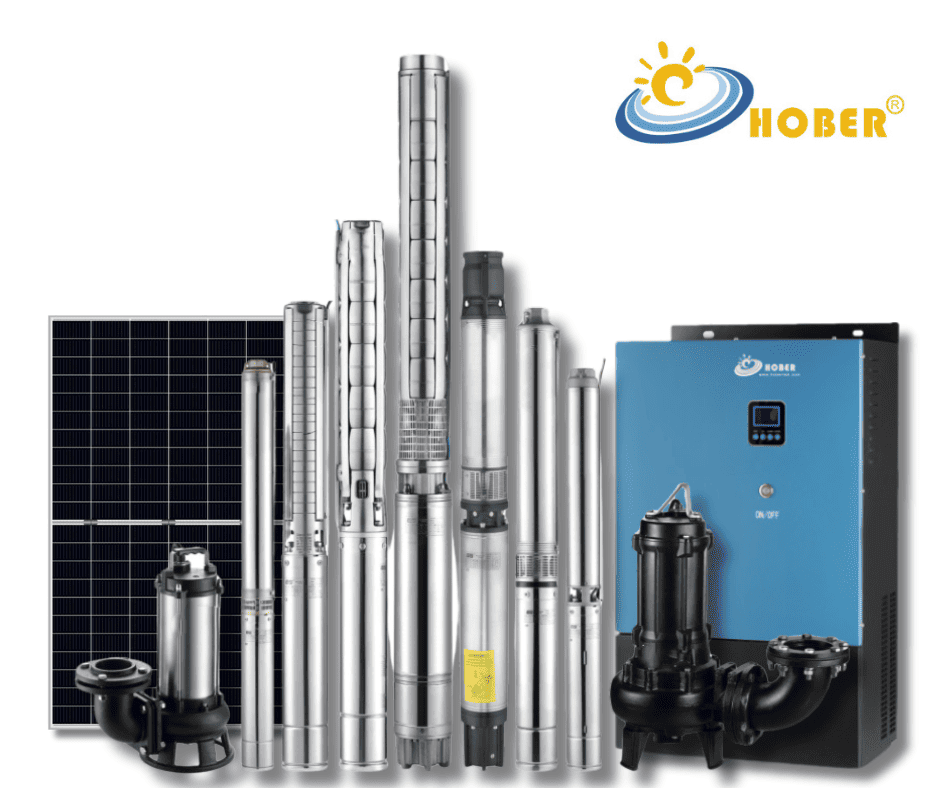Solar water pump systems have become a cornerstone for agricultural and remote water supply due to their efficiency and sustainability. As a provider of solar water pump inverters, it’s crucial to design systems that are reliable, long-lasting, and tailored to the specific needs of your users. This comprehensive guide will walk you through the essential steps of crafting an efficient solar water pump system.
Identifying the Water Source
The first step is to ascertain the water source, which could range from wells and boreholes to rivers and reservoirs. This decision is critical as it dictates the type of pump—submersible or surface—that will serve the system best.
- Groundwater: Extracted from aquifers below the earth’s surface, typically through wells or boreholes. This is a common source for drinking water and irrigation.
- Surface Water: Includes natural bodies of water like rivers, streams, lakes, and ponds. Surface water is often used for agricultural and landscaping irrigation.
- Rainwater: Collected from rooftops or other surfaces. Rainwater harvesting systems collect and store rain for later use, often for irrigation or even for potable uses after proper treatment.
- Reservoirs: Man-made lakes where water is stored. They are typically used for municipal water supplies, irrigation, and industrial processes.
- Springs: Natural sources where water flows to the surface from an aquifer. Springs are sometimes used for local water supply systems.
- Recycled Water: Water that has been used and treated for reuse. While not suitable for drinking, recycled water can be used for irrigation and industrial cooling.
- Desalinated Water: Water from the ocean or saline lakes that has had the salt removed. Desalination is an option in coastal areas where freshwater is scarce.
- Canals: Man-made channels for water conveyance. Canals are often used for agricultural irrigation and sometimes for municipal water distribution.
Submersible vs. Surface Pumps
For deeper water sources like boreholes, submersible pumps are ideal due to their ability to operate underwater. Surface pumps, on the other hand, are better suited for sources that are closer to ground level.
Determining the Pump Type Based on Water Source
With the water source identified, the selection of the pump type becomes more straightforward. This choice is central to the system’s configuration and future performance.
- Centrifugal Pumps: These are the most common type used in various applications. They use a rotating impeller to create a vacuum and move water. They’re suitable for moving water over short to medium distances.
- Submersible Pumps: Designed to be placed underwater, typically in a well or borehole. They’re used to pump groundwater to the surface and are known for their efficiency and reliability.
- Diaphragm Pumps: These pumps use a diaphragm that moves back and forth to create a vacuum and pump fluid. They are often used for chemical or food processing because they can handle viscous fluids and delicate materials without causing damage.
- Positive Displacement Pumps: They move water by trapping a fixed amount and forcing (displacing) that trapped volume into the discharge pipe. These pumps can handle viscous fluids and maintain a steady flow rate, regardless of pressure.
- Booster Pumps: Used to increase water pressure in a system, especially in cases where the head or flow is insufficient for the intended application.
- Jet Pumps: Employ a jet of water to create a vacuum that sucks more water from the well. They are often used in shallow wells and can be designed as deep well or shallow well jet pumps.
- Sump Pumps: Installed in the lowest part of a basement or crawlspace, sump pumps are used to prevent flooding by pumping out water that accumulates in the sump basin.
- Utility Pumps: These are portable, general-purpose pumps that can be used for a variety of applications, such as draining water heaters, boosting water pressure, and watering gardens.
- Gear Pumps: A type of positive displacement pump where the fluid is moved by gears. They are often used for pumping oils and other thick fluids.
- Peristaltic Pumps: These work by compressing and releasing a length of hose or tube, drawing in and moving the fluid. They are ideal for pumping sterile or aggressive fluids because the fluid only contacts the tubing.
- Turbine Pumps: Similar to submersible pumps, these are installed vertically in a well and are effective at moving water from deep underground sources to the surface.
Calculating Flow Rate and Head Requirement
Understanding the required flow rate and head—the vertical lift—is essential for choosing a pump that can handle the necessary water output with efficiency.

Selection of Pump Model and Power Rating
Once you have the flow rate and head requirements, the next step is to select a pump model and power rating that meet these needs while also considering the specific demands of the end user.
Solar Panel Calculation for Pump Operation
Calculating the size of the solar panel array is paramount. The array must provide adequate power for the pump, which is dependent on the solar irradiance of the location and the operational hours.
Deciding Solar Panel Array Size
Determining the appropriate size for the solar panel array involves a balance between the pump’s power requirements and the location’s solar irradiance to ensure efficient operation.
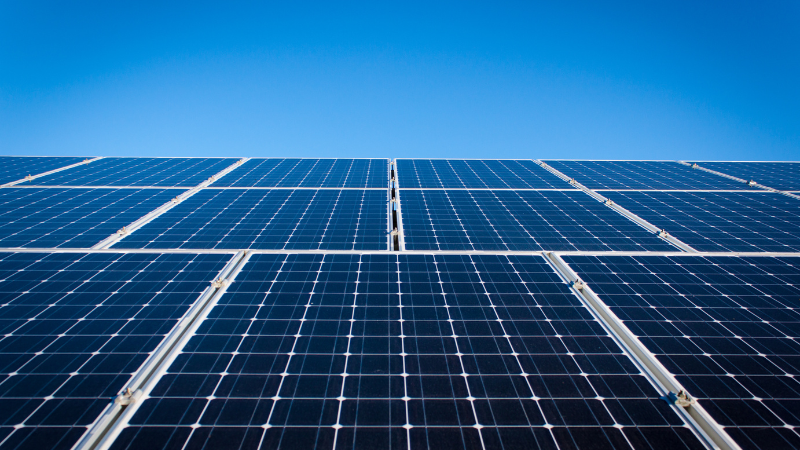
Connection Methods for Solar Panels
The decision between series and parallel connections for your solar panels will influence the overall voltage and current output, aligning with the pump system’s specifications.
Inverter Selection for Solar Water Pump Systems
A crucial aspect is selecting the right inverter that can handle the pump’s operational power and starting current, including a buffer for power fluctuations.

Importance of MPPT Technology
An inverter equipped with Maximum Power Point Tracking (MPPT) technology is beneficial for optimizing the solar panel array’s performance.
Adjusting Design to Environmental Variables
Design considerations must include environmental factors such as climate, sunlight variability, and user patterns, which all impact the system’s design and functionality.
Designing for Scalability
Future-proofing the design for potential changes in water demand or sunlight conditions allows the system to adapt with minimal modifications.
Post-Installation: Maintenance and Troubleshooting
After the system is installed, it’s important to consider operational, maintenance, and troubleshooting aspects to ensure long-term reliability.
Case Studies and Real-World Applications
Examining real-world examples can provide valuable insights into the practical application and operation of solar water pump systems.
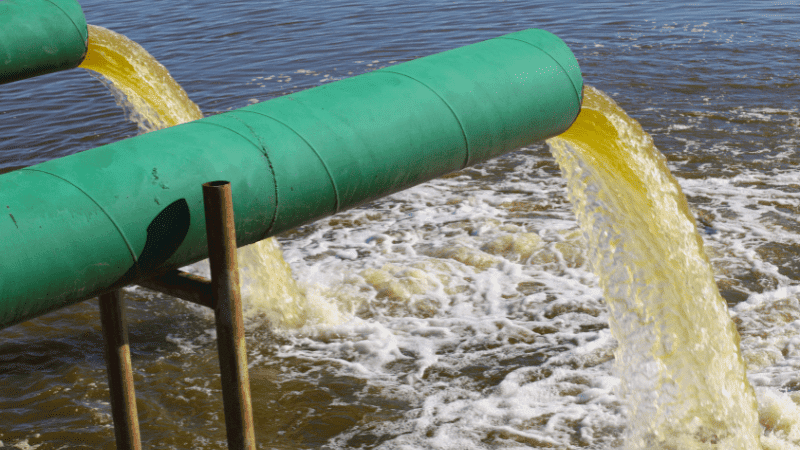
Conclusion
The design of a solar water pump system requires a detailed understanding of various interrelated factors. By adhering to these guidelines, providers can deliver systems that are customized and efficient, ensuring satisfaction for end users.
For businesses like Hobertek.com, which specialize in solar water pump inverters, this guide serves as a foundational resource to meet the needs of customers like Epuwai Vincent who require practical and efficient solar solutions for their markets.

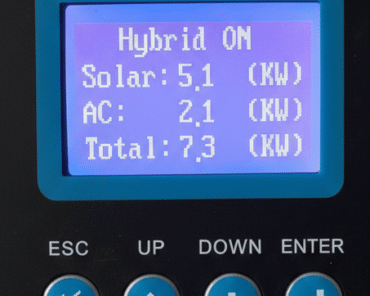

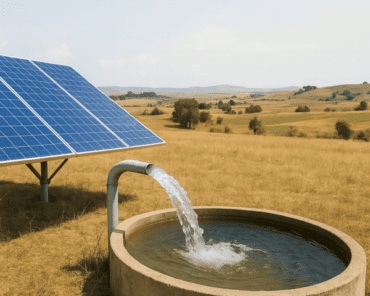
](https://hobertek.com/wp-content/uploads/2025/03/solar-pump-inverter-for-irrigation-efficient-water-pumping-solution-370x296.png)
